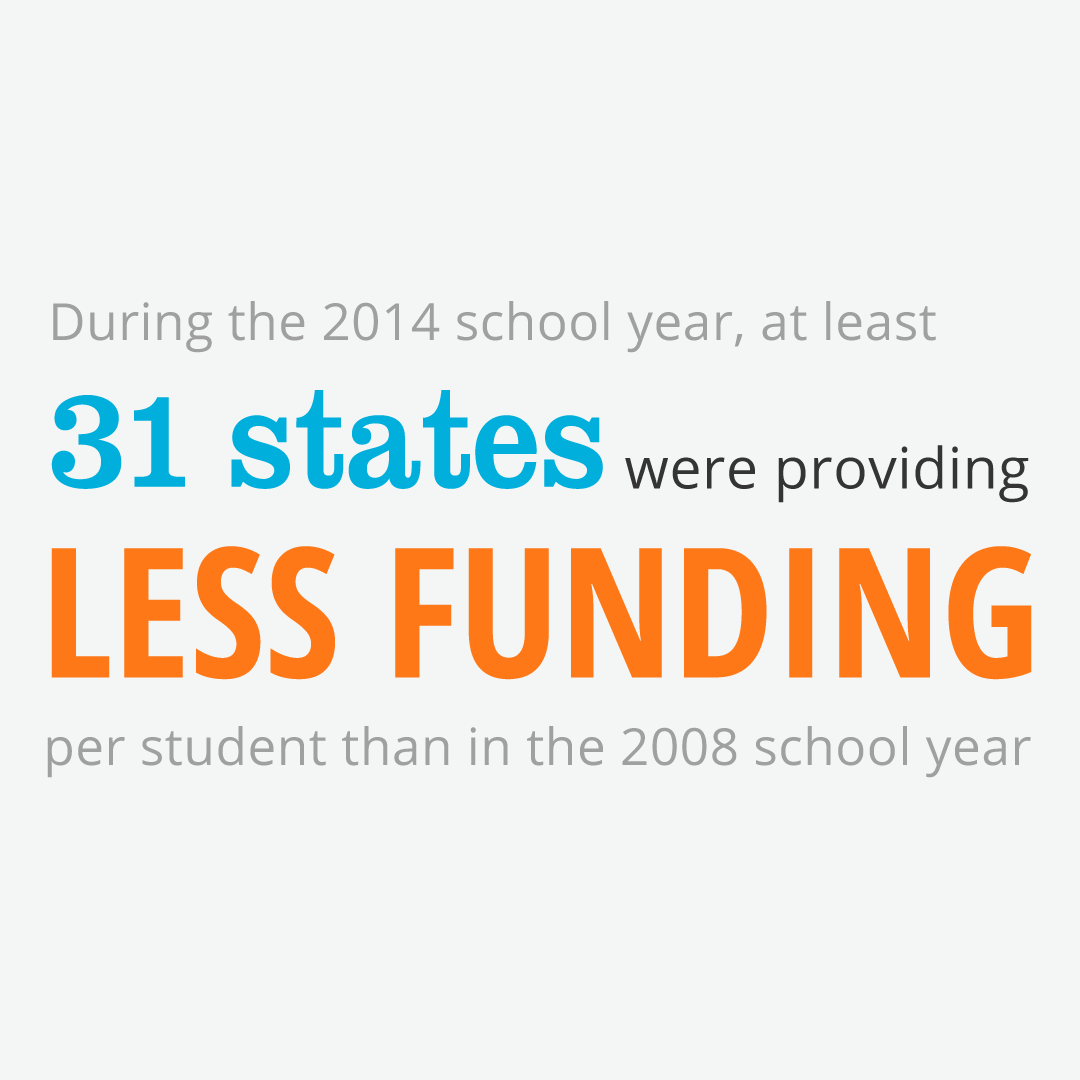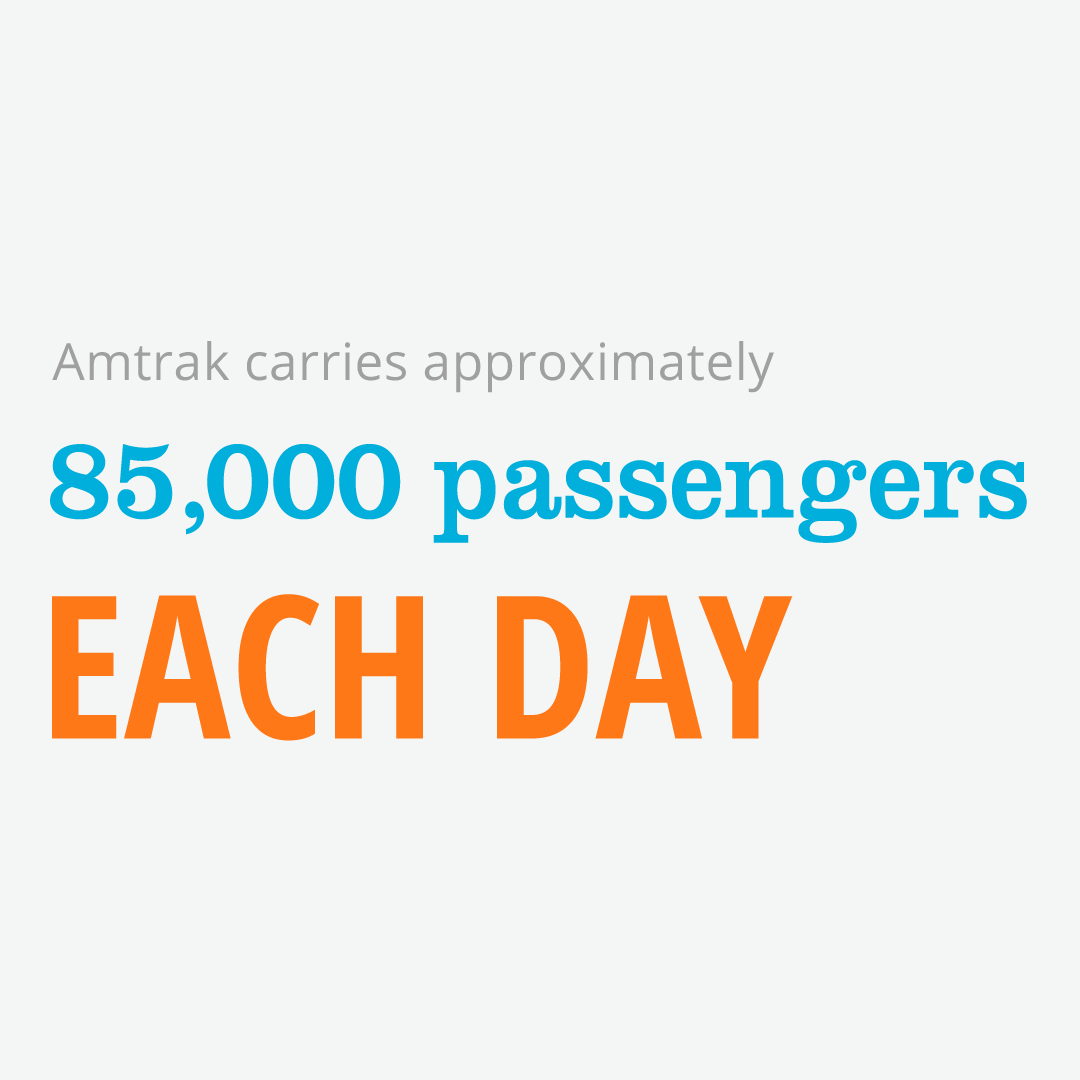The American Society of Civil Engineers (ASCE) Ohio Council of Sections has released its 2025 Report Card for Ohio’s Infrastructure, and there’s a bit of good news: Ohio’s overall grade has improved to a ‘C’, up from a ‘C-’ in 2021. That puts the Buckeye State on par with the national average, according to ASCE’s recently released national report. The Ohio Council of Sections released their report at the state capitol building in Columbus, Ohio. In addition the report card committee, speakers included State Rep. Michele Grim – Ranking Member of House Transportation Committee; State Sen. Tim Schaffer – Chair of Senate Agriculture & Natural Resources Committee; and Kyle Dreyfuss-Wells – CEO of Northeast Ohio Regional Sewer District.
The report evaluates 17 categories of infrastructure, from roads and bridges to drinking water and rail systems. While some areas are showing signs of progress, others still need serious attention.

Highlights from the Report
- Top Performers: Rail and Solid Waste both earned a ‘B-’, the highest grades in the report.
- Room for Improvement: Inland Waterways received the lowest grade, a ‘D’, highlighting the need for urgent investment.
- New Addition: Aviation was evaluated for the first time and received a ‘C-’.
Six categories saw their grades improve, including Hazardous Waste, Levees, Ports, Public Parks, Roads, and Transit, while four—Energy, Inland Waterways, Rail, and Schools—experienced declines.
Roads and Bridges: A Mixed Bag
Ohio’s roads improved slightly to a ‘D+’, matching the national average. Interstate highways have seen significant upgrades, with over 70% now in good condition—double the rate from a decade ago. However, poor road conditions still cost Ohio drivers an estimated $14.4 billion annually.
Bridges held steady at a ‘C+’, outperforming the national average. Still, with over 22,000 bridges expected to reach 75 years of service by 2050, the state must ramp up its rehabilitation efforts.
More than 80% of ODOT funding comes from federal and state fuel taxes, which are losing purchasing power as road construction and labor costs increase, and drivers switch to more fuel efficient or electric vehicles. The state has responded to some funding concerns by adding registration fees for hybrid and electric vehicles to make up for the money those drivers would have paid in gas taxes.
Rail Safety in the Spotlight
The 2023 train derailment in East Palestine was a stark reminder of the risks associated with freight rail. The incident led to the removal of 167,000 tons of contaminated soil and 39 million gallons of water, raising public health concerns. The vulnerabilities exposed by this incident, in addition to continued accidents at railroad crossings, caused Ohio’s rail grade to drop from a ‘B’ to a ‘B-’.
Water Systems Under Pressure
Ohio’s drinking water and wastewater systems remain underfunded and outdated. Both systems are struggling with aging infrastructure, frequent water main breaks, and the presence of harmful lead service lines endangering public health. The state needs nearly $16 billion in clean water improvements for wastewater systems to meet federal standards.
Recommendations for the Future
To continue improving, the ASCE recommends Ohio focus on:
- Investment: Address maintenance backlogs and modernize aging systems.
- Safety: Prioritize public health and safety across all infrastructure sectors.
- Resilience: Prepare for climate-related threats and other hazards.
- Technology: Embrace innovation to enhance efficiency and sustainability.
- Capacity: Upgrade systems to meet future demand and support economic growth.
Why It Matters
“Infrastructure impacts every Ohioan, every day,” said Charles Sawyer, P.E., chair of the 2025 Report Card for Ohio’s Infrastructure. “This report card is a call to action to ensure our systems are safe, resilient, and ready for the future.”























































